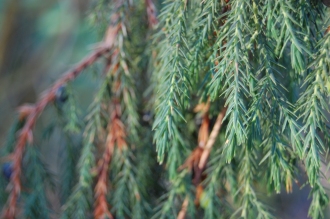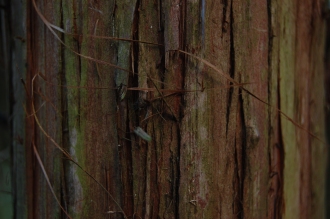PLEASE NOTE THIS POST IS UNDER REVIEW
Position: Full sun
Flowering period: Early Spring
Soil: Moist, well drained
Eventual Height: 10m
Eventual Spread: 3m
Hardiness: 5b, 6a, 6b, 7b, 8a, 8b, 9a, 9b, 10a
Family: Cupressaceae
Juniperus thurifera is a slow growing a evergreen tree with a variable conical habit. Its dark green leaves appear in two forms, juvenile and adult and are strongly aromatic. Its juvenile leaves are needle like and up to 10mm long. Its adult leaves are scale like and up to 3mm long. Its bark is brown/ grey and longitudinally fibrous. Its is a dioecious tree with its flowers being male pollen cones and female seed cones, are wind pollinated and are not self fertile. Its blue/ black fruit are berry like seed cones and are up to 12mm across.
Juniperus thurifera, commonly known as Spanish Juniper or Incense Juniper, is native to the western Mediterranean region, including south France, Spain, Morocco and Algeria. In its native habitat it grows in dry mountainous soils in scrub and woodland at an altitude between 800m to 1500m.
The etymological root of the binomial name Juniperus is derived from the old Latin name for the Juniper tree. Thurifera is derived from the Latin meaning ‘producer of incense’.
The landscape architect may find Juniperus thurifera useful as an an attractive evergreen specimen tree, particularly in arid climates which have cold winters. Once established this tree is drought tolerant.
Ecologically, Juniperus thurifera seed cones are attractive to birds and mammals. Its structure provides shelter for birds.
Juniperus thurifera prefers moist, fertile, well-drained soils. It tolerates most pH of soil.
Juniperus thurifera requires little maintenance.








Sorry, but the species depicted in those photographs is not Juniperus thurifera, nor any species of Juniperus growing wild in Spain or Western Europe
Carlos, thank you for your comment. I believe you are correct. The tree shown was tagged as Juniperus thurifera, apparently incorrectly. I will review this post more fully.